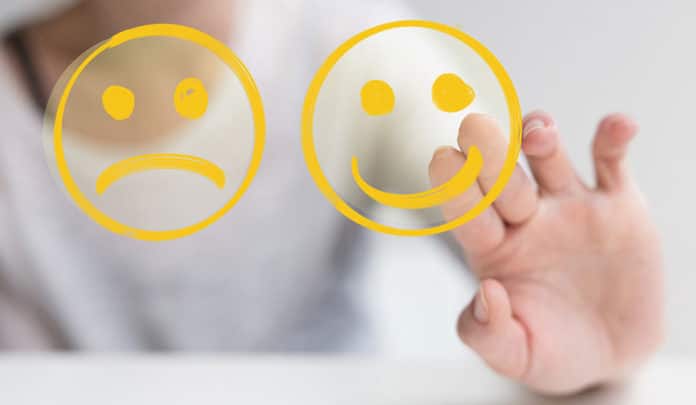Randomized clinical trials of augmentation strategies for youth with treatment-resistant anxiety disorders do not exist. So, through a new study, Yale scientists sought to determine whether such therapies could show promising results in adolescent anxiety.
The results revealed that for adolescents diagnosed with an anxiety disorder, a simple computer-based program known as attention training might offer relief.
Scientists found significant decreases in anxiety among 64 adolescents after only four twice-weekly sessions of the attention training program. All the youths had been diagnosed with anxiety disorders and had finished cognitive behavior therapy (CBT) — the standard treatment for adolescent anxiety — without improvement. After attention training, half the participants no longer met the criteria for an anxiety diagnosis, and the benefits remained at the two-month follow-up.
Yale’s Wendy Silverman, the Alfred A. Messer Professor of Child Psychiatry, said, “The fact that we could show in a hard-to-treat sample that half of the participants did respond suggests that attention training is working through a different mechanism than CBT that is beneficial to these children.”
During the study, participants were asked to sit alone in the room with a computer. Two faces flash on the screen: one threatening, one non-threatening. Milliseconds later, another pair of faces appear. And another.
Participants are told to click on the arrow that always points to the non-threatening face. The images change so quickly that members are not consciously aware as they click off the varying facial expressions. Be that as it may, as they click, their minds are being prepared to get some distance from the threatening stimuli to which they have become hyper-attuned.
Silverman said, “People with anxiety problems — their attention goes immediately to threatening stimuli. We are training the brain to look away from the threat.”
During sessions, participants were also asked to do several tasks they find challenging — talking to people, ordering food, making phone calls — in addition to long talks with a therapist.
Silverman said, “Children, adolescents, and adults with social anxiety are easily embarrassed and concerned about what other people think. Engaging them in verbal forms of therapy can often be very difficult. And studies show that youth with social anxiety respond less well to CBT compared to those with other anxiety disorders.”
Silverman said, “What’s more, the treatment could easily be used in “step care,” preventing early signs of anxiety from becoming a more full-fledged disorder.”
According to scientists, attention training can serve as a new, efficient tool for helping kids manage their hard-to-treat anxiety with limited discomfort.
The study appeared in the January 2020 issue of the Journal of the American Academy of Child & Adolescent Psychiatry.
